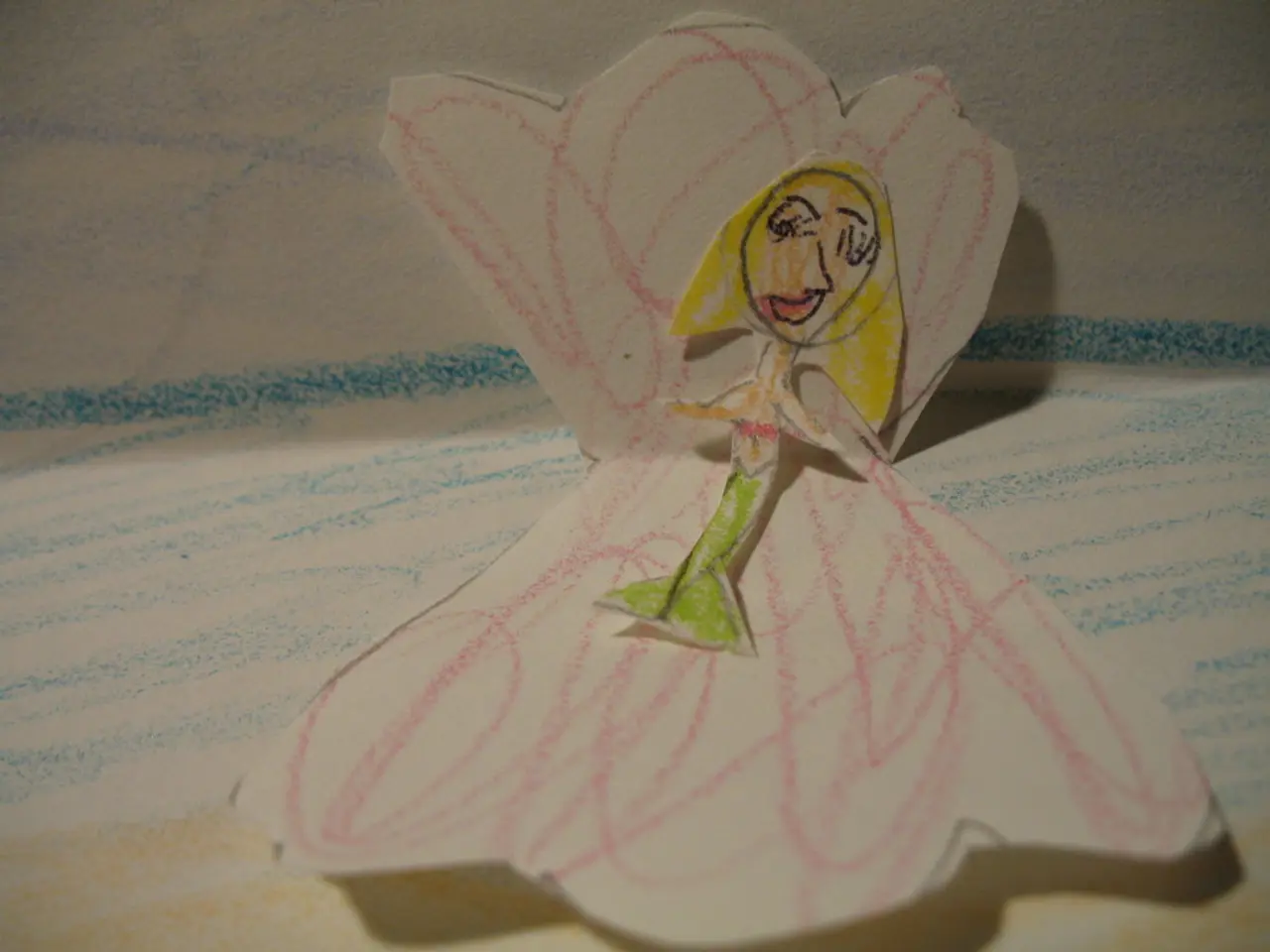Project Planning Checklist for 3D Art Outsourcing Budget Forecasting
In the realm of game development, outsourcing 3D art projects can be a strategic move. To ensure that the outsourced art meets the game's design, performance, and style requirements, it's essential to ask the right questions. Here are some crucial points to consider:
Experience and Portfolio
When evaluating potential 3D artists, it's vital to review their previous projects, particularly those in game development. This will give you an insight into their style, complexity levels, and the types of projects they've handled.
Art Pipeline and Workflow
Understanding an artist's typical process, from concept to final delivery, is crucial. It's also essential to know how they handle iterations and feedback during the process. A clear workflow ensures that the project progresses smoothly and that any adjustments can be made efficiently.
Technical Skills and Tools
Knowing the software and tools an artist uses is important. Familiarity with industry-standard tools such as Maya, 3ds Max, Substance Designer, and the ability to optimise assets for game engines like Unity or Unreal Engine are key.
Optimization and Specifications
Polygon budgets and optimization techniques are vital for ensuring game performance. Artists should be able to adhere to platform-specific requirements and deliver optimised assets that won't compromise the game's performance.
Communication and Collaboration
Effective communication and updates are crucial for a successful project. Understanding an artist's preferred method for feedback and approvals is essential to ensure a smooth workflow.
Delivery and Formats
It's important to know the file formats an artist will deliver, such as OBJ, FBX, and textures. Additionally, it's beneficial to know if the assets will come fully rigged and textured, ready for game integration.
Timeline and Budget
A clear understanding of the estimated timeline for deliverables and how changes or scope creep in the project are handled is essential.
Quality Assurance
Quality checks such as test turnarounds or emotional expression renders can help ensure model integrity from all angles.
References and Certifications
Industry certifications and references from previous clients can provide reassurance about an artist's skills and professionalism.
Additional Requirements
For specific projects, additional requirements might include the creation of a list with descriptions and visual references for all animations, such as idle, attack, and jump. The length of each animation in seconds should be specified.
Concept Art
For stylized 3D characters, concept art is often required, especially if it hasn't already been done.
Visual References
For animations, VFX, and textures, visual references are usually necessary to ensure the final product aligns with the project's vision.
While the specifics of LODs, retopology, blend-shapes, skinning, and the game engine used in the project are not always specified, they are important factors to consider depending on the project's needs.
Ultimately, clear communication, a solid understanding of the artist's process, and a shared vision for the project are key to a successful 3D art outsourcing experience.
- Incorporating artificial-intelligence in game development could streamline the process of optimizing assets for game engines like Unity or Unreal Engine, aiding in the efficient delivery of optimized assets that meet performance requirements.
- As technology advances, gadgets such as virtual reality headsets could be utilized for more immersive reviews of concept art and 3D models, facilitating a more effective communication and collaboration between the in-house team and outsourced 3D artists.




